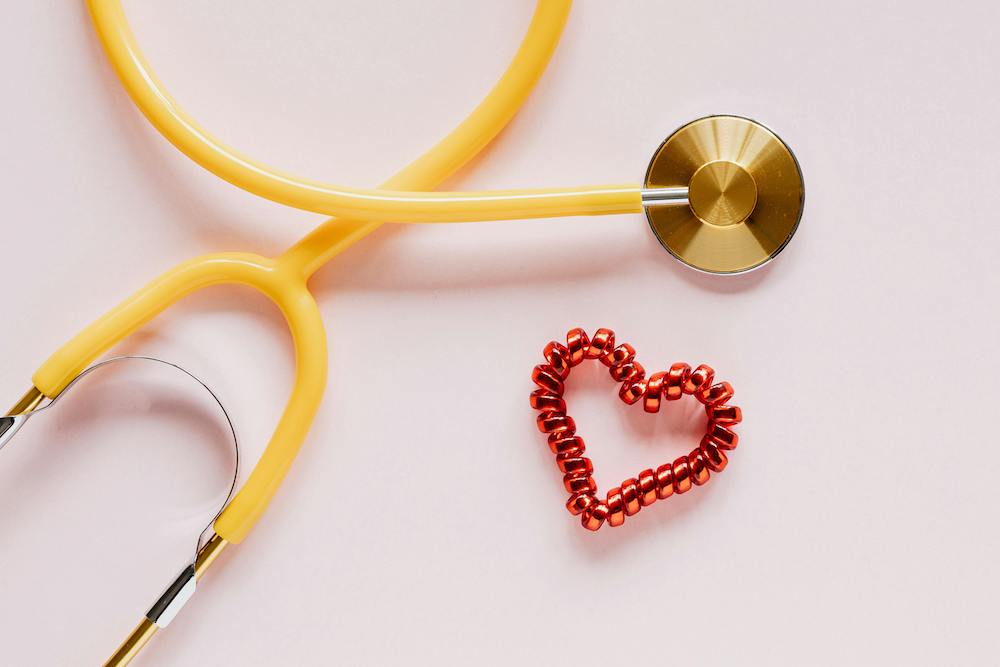25 Nov The Significance of Understanding Your Family Health History During Pregnancy
Pregnancy is an extraordinary journey filled with excitement and anticipation. As you prepare to welcome your baby, it's important to consider the role that your family's health history plays in shaping your baby's future. While you may be wondering about inherited physical traits like eye color...







